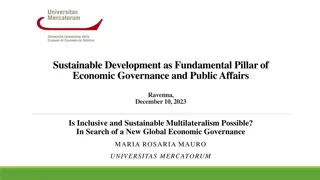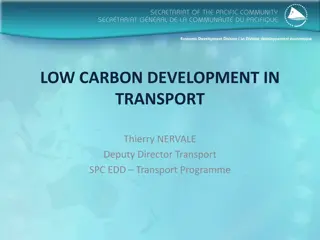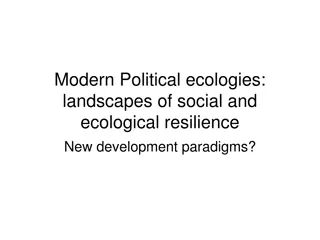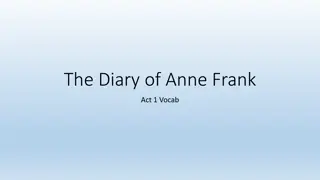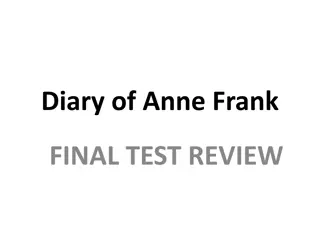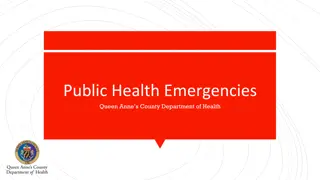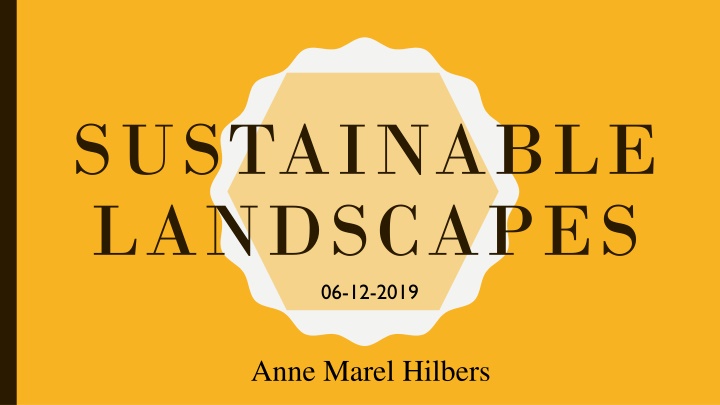
Consensus-Based Spatial Planning for Sustainable Landscapes and Transport Development
Explore the challenges and solutions in integrated projects, highlighting the importance of incorporating place values and consensus-based decision-making for sustainable spatial planning and infrastructure development. Learn about the IDC model, key factors contributing to added value, and strategies for enhancing place value identification and protection.
Download Presentation

Please find below an Image/Link to download the presentation.
The content on the website is provided AS IS for your information and personal use only. It may not be sold, licensed, or shared on other websites without obtaining consent from the author. If you encounter any issues during the download, it is possible that the publisher has removed the file from their server.
You are allowed to download the files provided on this website for personal or commercial use, subject to the condition that they are used lawfully. All files are the property of their respective owners.
The content on the website is provided AS IS for your information and personal use only. It may not be sold, licensed, or shared on other websites without obtaining consent from the author.
E N D
Presentation Transcript
SUSTAINABLE LANDSCAPES 06-12-2019 Anne Marel Hilbers
PHD IN SPATIAL PLANNING: CONSENSUS-BASED ADDED VALUE ASSESSMENT OF INTEGRATED TRANSPORT INFRASTRUCTURAL- AND SPATIAL DEVELOPMENT
THREE DILEMMAS: integrated projects require different evaluation: traditionally evaluation often uses hard data to select an optimal plan alternative ; 1) in practice, a project often starts with a problem definition, after which a solution needs to be found right away. For example: we are widening a road because there are accessibility issues; 2) spatial projects often provoke resistance from public local stakeholders. This can translate into a negative value judgment about a project and can make planning of these projects difficult. 3)
DECISION-MAKING, THEN: not only needs to incorporate specific (soft) place values to facilitate the selection of an acceptable instead of optimal plan alternative, but; also needs to start with a shared understanding of these key place values, and; needs more insight in data that is generated through, instead of about, citizens and relevant stakeholders in order to reach the selection of an acceptable plan alternative. 1) 2) 3) So Take a step back!?
WHAT CONTRIBUTES TO ADDED VALUE? Intelligence Understanding key values of the area and the infrastructure network Design Understanding value changes per plan component and alternatives Choice Understanding trade-offs between values for decision making
PLACE VALUE, WHAT?! Not there yet Improve Make more accessible Strengthen Add Keep in good condition something what is not there yet Connect Add some of what is already there Already there Maintain Protect Call to action Indications of action Composition of place value
THE ADDED VALUE OF THE PVI Mapping public place values in a spatial planning relevant and rich way Relating soft value mapping to hard spatial data layers Improving the knowledge base for developers of spatial and transport infrastructure projects
QUESTIONS? A.M.HILBERS@RUG.NL


